Artists working from the 1940s until the early 60s whose approach to painting emphasized the physical act of painting as an essential part of the finished work
Action Painters
Painting oil on canvas without primer underneath so that the paint moves into the fibers of the canvas creating a stain and feathering effect with uneven coloring
Stain painting
Generation of young people in the 50s who rejected conventional society (began as a literary movement)
Beat Generation
Flowing or flowing out, a promotion of anti-art and a “total experience” to create an emotional/intellectual response
Fluxus
Made directly in the landscape, sculpting the land into earthworks or making structures using natural materials
Land/Earth Art
Compositions by Barnette Newman with a vertical band running down the center of a composition
Zips
Term derived by Clement Greenberg to describe a development of abstract painting that focused on formal painting elements to communicate rather than references to the outside world or mysticism.
Post-Painterly abstraction
Series of works mixing artmaking materials with ordinary objects –intersection of painting and sculpture
Combines
Form of abstract art developed in the US, usually simple geometric shapes based on the square and rectangle
Minimalist Art
Used as a descriptor for a range of new technologies available since the 1980s that allow for digital production/distribution of art video and digital art, video games, etc.
New Media
Paint dripped or splattered using sticks, trowels, or knives, and paint is poured directly from the can
Drip style
A term coined by Jules Langsner to describe paintings characterized by areas of flat color with clear, sharp edges
Hard edge painting
Performance art about collaboration, interaction, and risk-taking
Happening
Art for which the idea or concept is more important than the finished art object, usually refers to art made between the mid-1960s and mid-70s
Conceptual Art

Robert Smithson, Spiral Jetty, 1970. Great Salt Lake, Utah

Jackson Pollock, Number 1, 1950 (Lavender Mist), 1950. Oil, enamel and aluminum on canvas
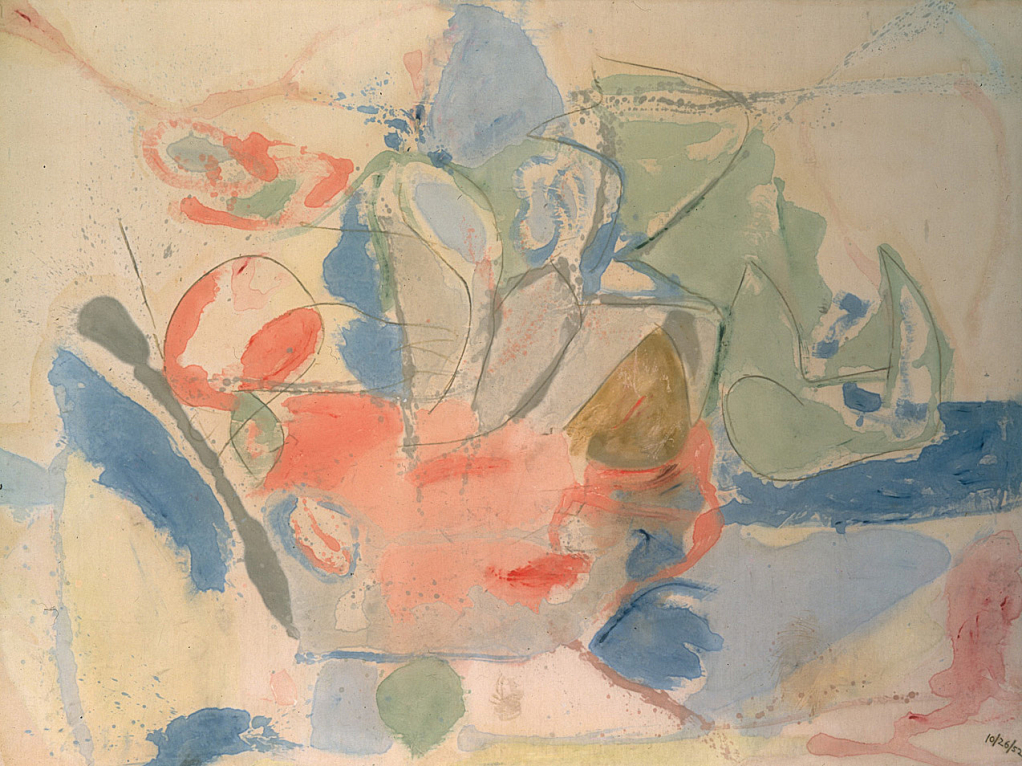
Helen Frankenthaler, Mountains and Sea, 1952. Oil on unprimed canvas

Andy Warhol, Campbell’s Soup Cans, 1962. Acrylic with metallic enamel paint on canvas
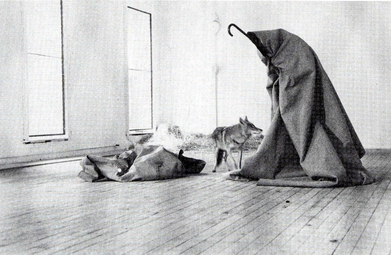
Joseph Beuys, I Like America and America Likes Me, 1974. Performance Art in a New York gallery space

Nam June Paik, Electronic Superhighway: Continental U.S., Alaska, Hawaii, 1995. fifty-one channel video installation
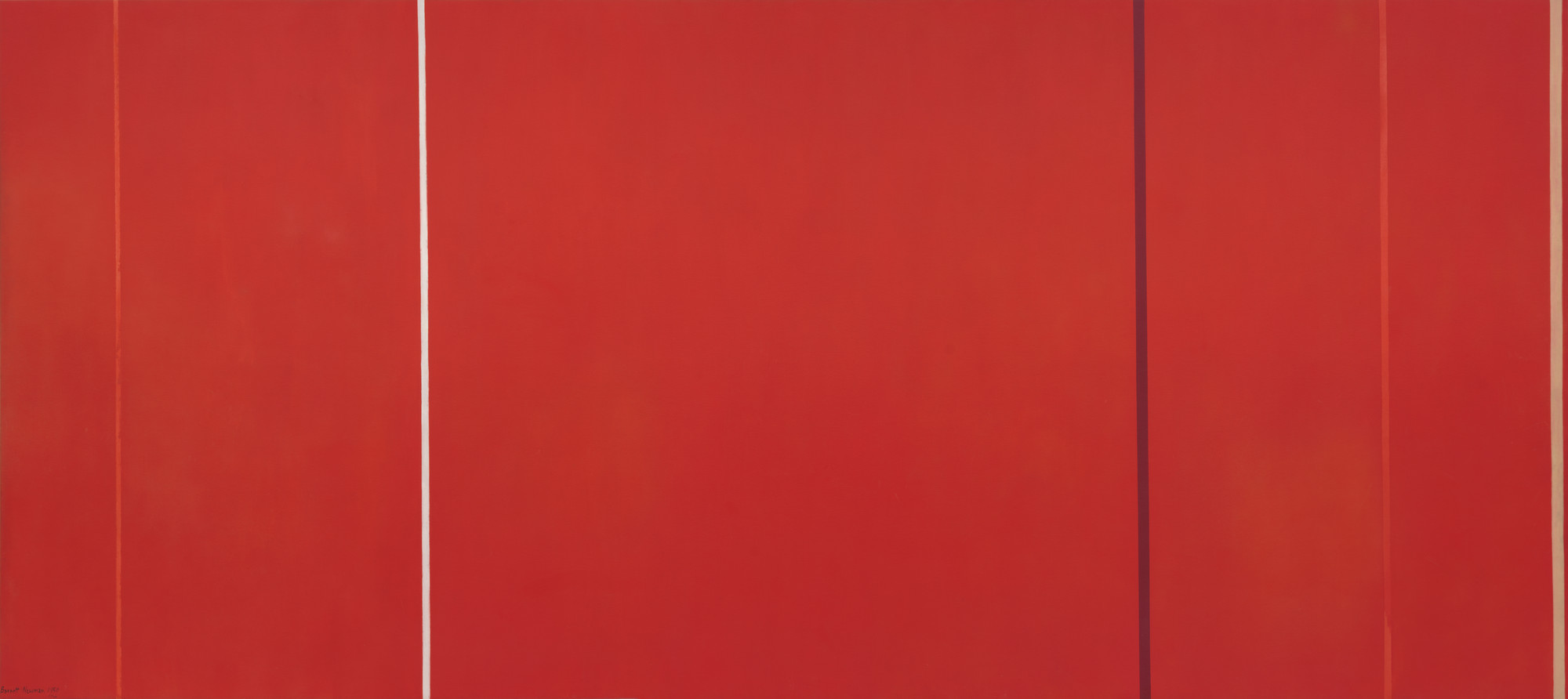
Barnette Newman, Vir Heroicus Sublimus, 1950-51. Oil on canvas
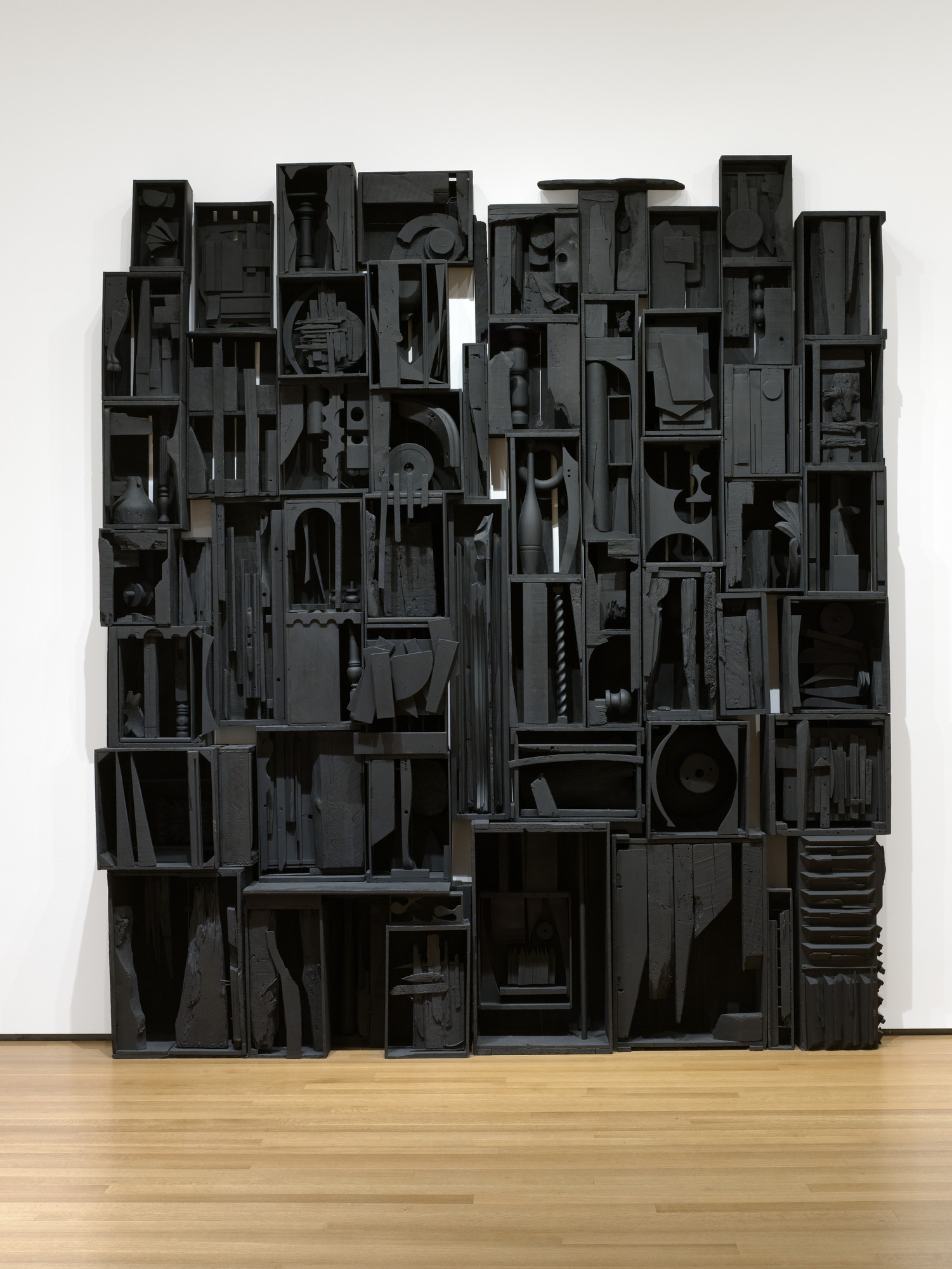
Louise Nevelson, Sky Cathedral, 1958. Painted wood
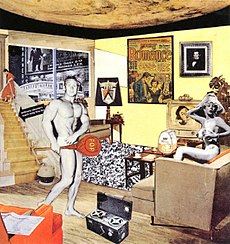
Richard Hamilton, Just What Is It That Makes Today’s Homes So Different, So Appealing? 1956

Richard Serra, One Ton Prop (House of Cards), 1969 (Refabricated 1986). Lead antimony
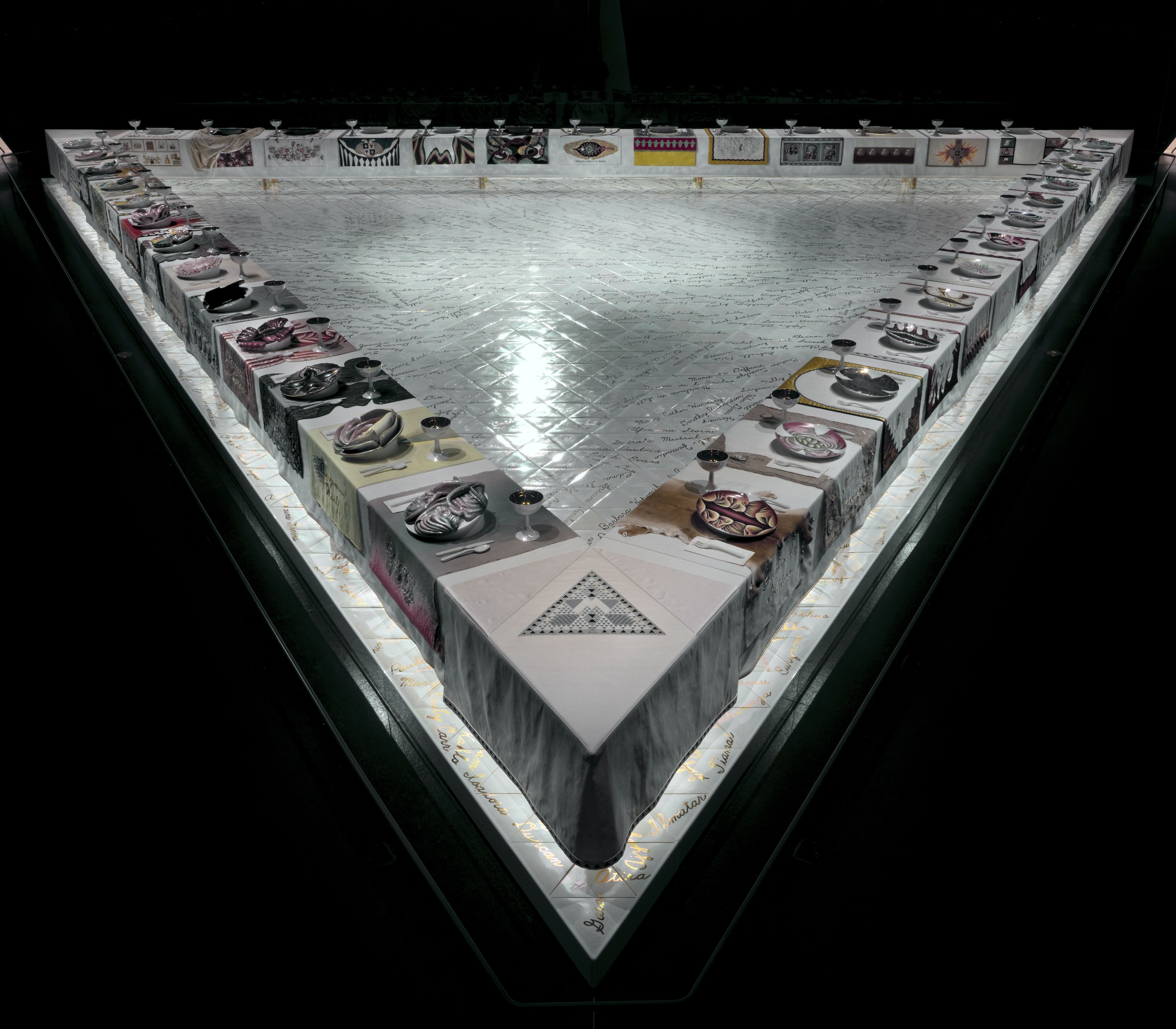
Judy Chicago, The Dinner Party, 1974-79. Ceramic, porcelain, textile